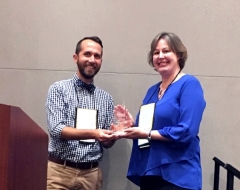International Education Management Faculty and Alumni Research Collaboration Published
Research by Middlebury Institute faculty member Anne Campbell and alumnae Erin Kelly-Weber MAIEM/MPA ‘19 and Chelsea Lavallee MAIEM/MPA ‘18 to be published in Higher Education special issue.





